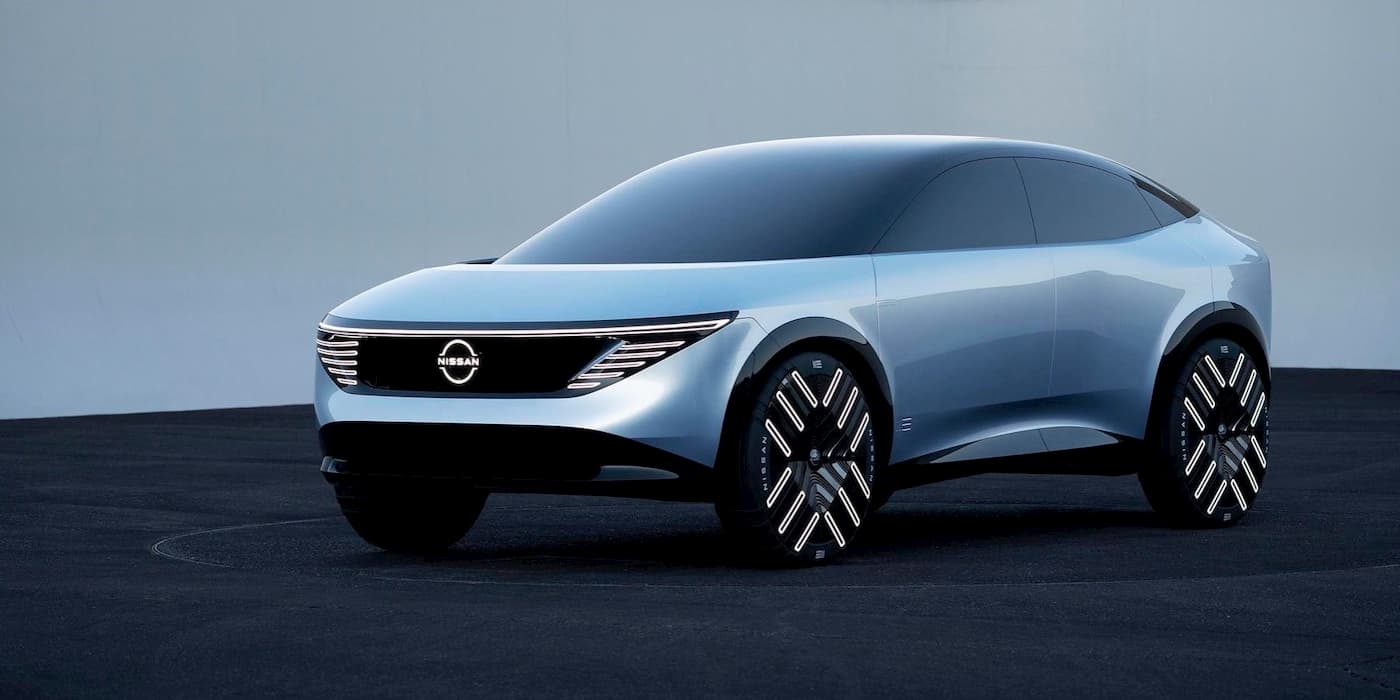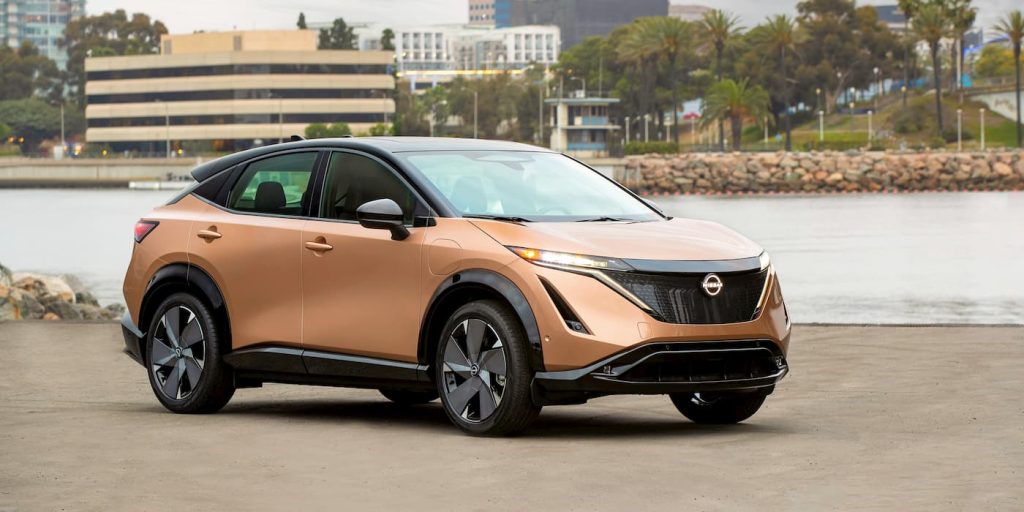
Nissan is saying goodbye to the little EV that started it all. Although Nissan is phasing out the LEAF electric car, the automaker plans to begin producing its successor in 2026.
Beyond the LEAF, Nissan plans for EV successor
The Nissan LEAF was, at one time, a top-selling electric vehicle. After releasing the electric compact car in 2010, the LEAF quickly became a favorite as the first mass-market EV (18 months before the Tesla Model S) in the US, with a comfortable interior and decent range at an attractive price.
However, nearly every automaker, from startups to legacy, has released its own electric cars with more advanced features, enhanced designs, and longer ranges over the past decade.
The LEAF has lost ground, with sales falling consistently for several years. According to a report from Automotive News last year, Nissan will not be rolling out a next-generation LEAF model.

Instead, Nissan is planning for a more modern EV to replace the LEAF, designed for today’s buyers. Although Nissan released its second mass-market EV, the Ariya, it was never planned as a replacement.
Nissan may replace the LEAF with a coupe-like crossover similar to the “Chill-Out” concept the automaker revealed in 2021, with its “sleek and modern” design. The production version would likely look less futuristic.



Meanwhile, executives were split on carrying the LEAF name over. As AutoPacific president Ed Kim explains, “Today, the LEAF means little to EV shoppers.”
According to a new report from Autocar, Nissan said in its submission to the UK government committee on battery manufacturing that “the LEAF successor will enter production in 2026.” Nissan’s Sunderland factory in the UK will begin production on Nissan’s LEAF successor in 2026 as it prepares for the majority of its output to be EVs by 2028.
Nissan is said to be leveraging supply from its upcoming nearby battery factory in collaboration with Envision AESC.
By 2024, the plant will have 11 GWh of capacity, which can expand to 30 GWh, according to Nissan’s submission. Envision said the “Gen 5” battery cells being supplied would enhance energy density by 30% over the current LEAF model.
Top comment by Ben
If it’s more expensive, then it’s not really a true replacement for the Leaf.
The same goes for the Bolt vs Equinox. The latter is more expensive and bigger, and yet many journalists seem determined to make excuses for GM’s decision and don’t see a problem with less affordable options.
The LEAF successor will reportedly be based on its CMF-EV platform from the Renault-Nissan-Mitsubishi alliance, the same used for the Nissan Ariya.
Electrek’s Take
From the sounds of it, Nissan is going bigger with the LEAF successor. With the popularity of larger models, like electric crossovers and SUVs, automakers are racing to introduce larger-sized EVs despite the need for efficiency.
GM is also phasing out its smallest and most affordable EV, the Bolt EV and EUV. Although GM and Nissan are phasing the models out for different reasons (GM is moving to an all-Ultium-based lineup), it will leave the market with a glaring lack of cheap, small EVs.
Given the need for smaller, more efficient models, it will be a little disappointing if Nissan extends the size of the LEAF’s replacement.
FTC: We use income earning auto affiliate links. More.




Comments